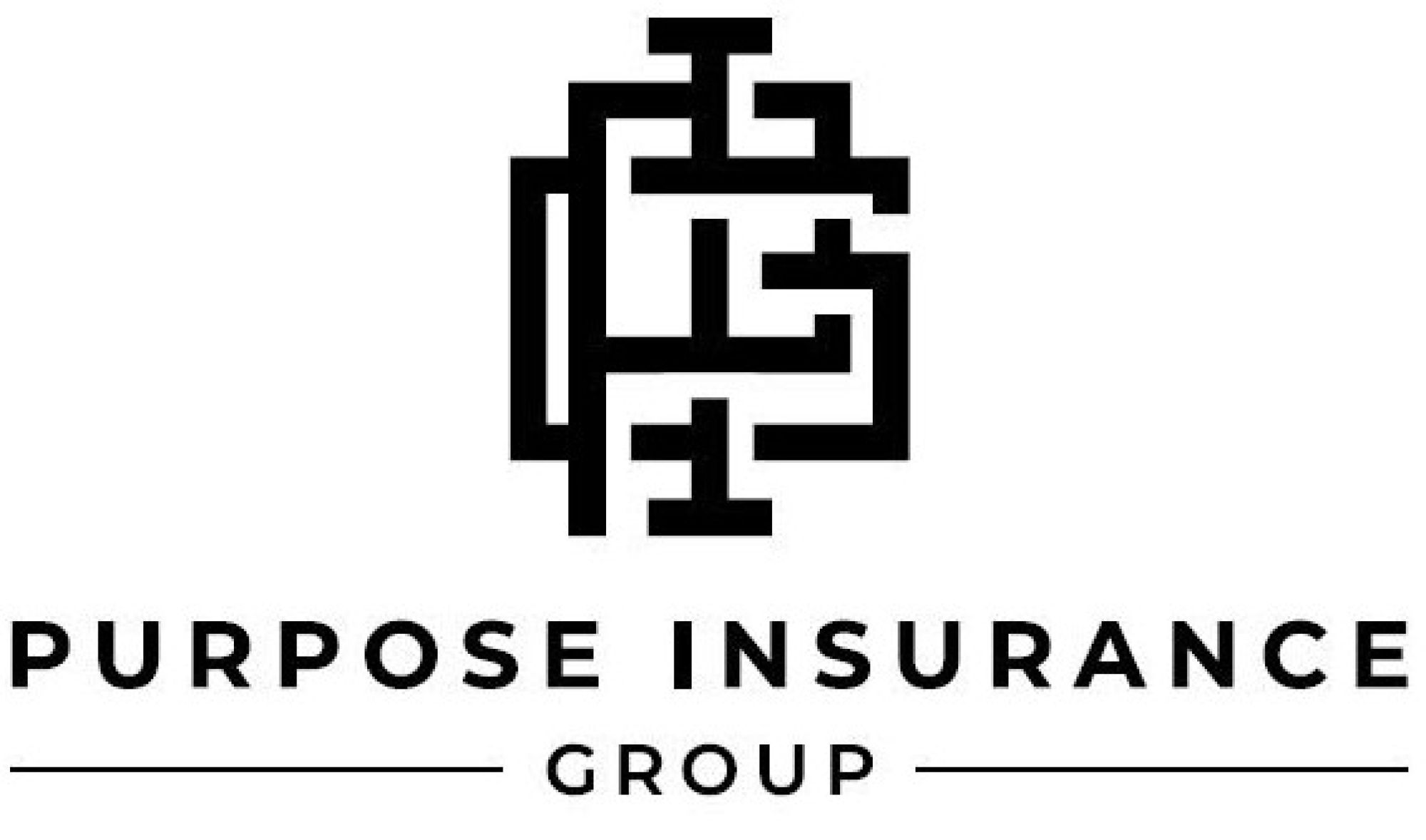Pacific Prime Fundamentals Explained
Pacific Prime Fundamentals Explained
Blog Article
What Does Pacific Prime Mean?
Table of ContentsHow Pacific Prime can Save You Time, Stress, and Money.Unknown Facts About Pacific PrimeExcitement About Pacific PrimeHow Pacific Prime can Save You Time, Stress, and Money.
In most states, the insurance firm is required to send you a copy of the changes to your policy. It is essential that you check out Recommendations or Riders so you comprehend exactly how your plan has transformed and if the plan is still ample to satisfy your demands. To acquire a copy of your insurance coverage, please contact your insurance agent or firm.
The Institute of Medicine (IOM) Committee on the Repercussions of Uninsurance launches a prolonged exam of proof that addresses the value of wellness insurance policy protection with the publication of this report. Protection Matters is the first in a collection of 6 records that will be provided over the next two years recording the reality and consequences of having actually an approximated 40 million people in the United States without health insurance coverage.

Pacific Prime Fundamentals Explained
The goal of this series of researches is to refocus plan focus on a longstanding trouble. Following the longest economic expansion in American history, in 1999, an estimated one out of every six Americans32 million adults under the age of 65 and more than 10 million childrenremains without insurance (Mills, 2000).

10 percent of the populace represent 70 percent of wellness treatment expenses, a connection that has actually stayed constant over the past three decades (Berk and Monheit, 2001) - international health insurance. Thus medical insurance continues to offer the function of spreading risk even as it progressively funds routine care. From the point of view of health and wellness treatment suppliers, insurance carried by their individuals helps protect a revenue stream, and communities benefit from financially sensible and steady health and wellness treatment professionals and institutions
Government provides health insurance coverage to populaces whom the personal market may not serve efficiently, such as handicapped and seniors, and populaces whose accessibility to healthcare is socially valued, such as children and expecting ladies. The supreme ends of medical insurance protection for the individual and neighborhoods, consisting of office areas of workers and companies, are enhanced health and wellness outcomes and quality of life.
About Pacific Prime
Staff members rate health insurance coverage initially without a doubt in value among all the advantages offered in the work environment (Salisbury, 2001). There have been substantial financial investments of personal and public funds to provide health and wellness insurance coverage, several people still have no protection. In spite of extensive coverage of study findings and wellness treatment research results, the public continues to be overwhelmed and mistaken regarding Americans without medical insurance and the effects of doing not have protection.
:max_bytes(150000):strip_icc()/basics-to-help-you-understand-how-insurance-works-4783595_final-9cf74d5b66d14f88a21ab29ddb290e2d.png)
Without doubt, the intricacy of American healthcare funding mechanisms and the riches of resources of details contribute to the public's complication and apprehension about wellness insurance stats and their analysis. This report and those that will adhere to aim to distill and offer in conveniently understandable terms the extensive research that births on questions of wellness insurance protection and its relevance.
Fifty-seven percent of Americans surveyed in 1999 believed that those without wellness insurance policy are "able to get the care they require from doctors and healthcare facilities" (Blendon et al., 1999, p. 207). In 1993, when national focus was concentrated on the issues of the without insurance and on pending healthcare legislation, just 43 percent of those questioned held this belief (Blendon et al., 1999).

They additionally receive fewer preventative services and are much less likely to have routine take care of chronic conditions such as high blood pressure and diabetes mellitus. Persistent diseases can lead to pricey and disabling issues if they are not well managed (Lurie et al., 1984; Lurie et al., 1986; Ayanian et al., 2000). One nationwide study asked more than 3,400 grownups concerning 15 highly significant or morbid problems.
The 6-Minute Rule for Pacific Prime
Added proof exists later on in this chapter in the conversation of insurance policy and accessibility to healthcare. https://www.openlearning.com/u/freddysmith-sba6sp/. Individuals without wellness insurance coverage are young and healthy and balanced and select to do without coverage. Practically fifty percent (43 percent) of those surveyed in 2000 believed that individuals without medical insurance are more probable to have illness than individuals with insurance
Citizens and plan manufacturers in focus group conversations define those without insurance coverage as youngsters who have the chance to be covered and feel they do not need it (Porter Novelli, 2001). Compared to those with at least some private protection, the without insurance are less most likely to report remaining in exceptional or very good health (Company for Healthcare Study and High Quality, 2001).
SOURCE: Center for Expense and Funding Studies, Firm for Health Care Research Study and Quality, based on MEPS information. Youthful grownups between 19 and 34 are much more likely to lack health insurance than any kind of other age group. This is primarily due to the fact that they are less typically eligible for employment-based insurance coverage because of the nature of their task or their short period in it.
The understanding that people without insurance have better-than-average wellness complies with from puzzling the fairly young age profile of the without insurance with the much better health and wellness, usually, of younger individuals. This covers the link in between health and wellness standing and medical insurance. For those without access to work environment medical insurance, inadequate health and wellness is a prospective barrier to buying nongroup insurance coverage due to the fact that such protection may more helpful hints be highly priced, omit pre-existing problems, or be just unavailable.
Report this page